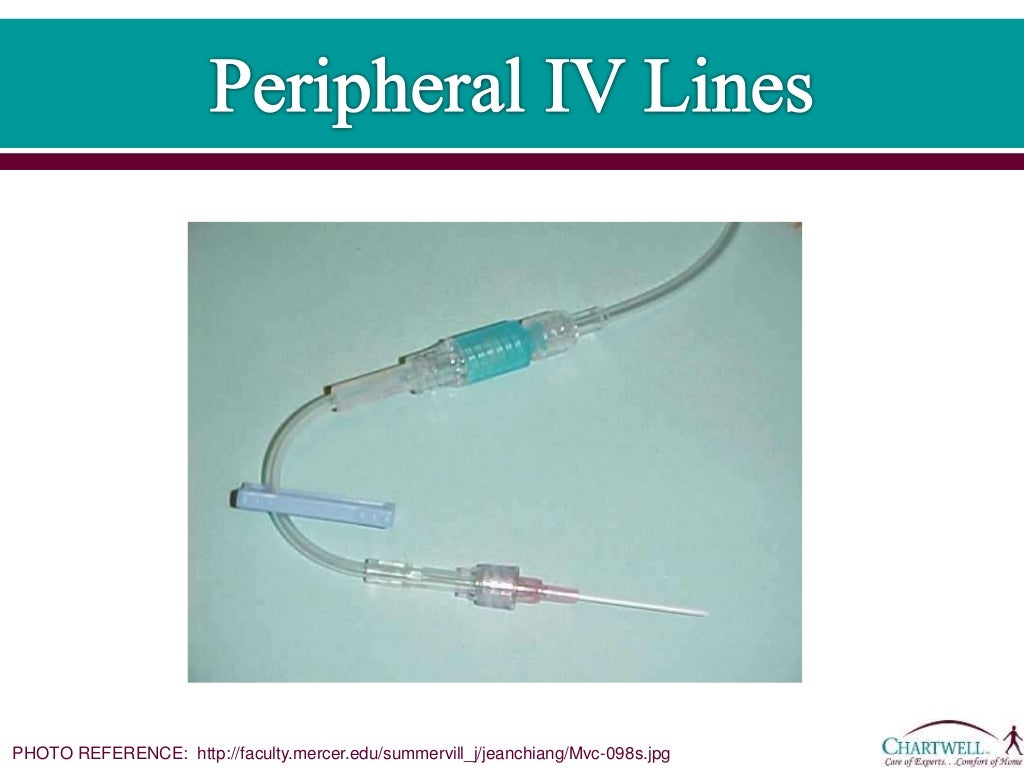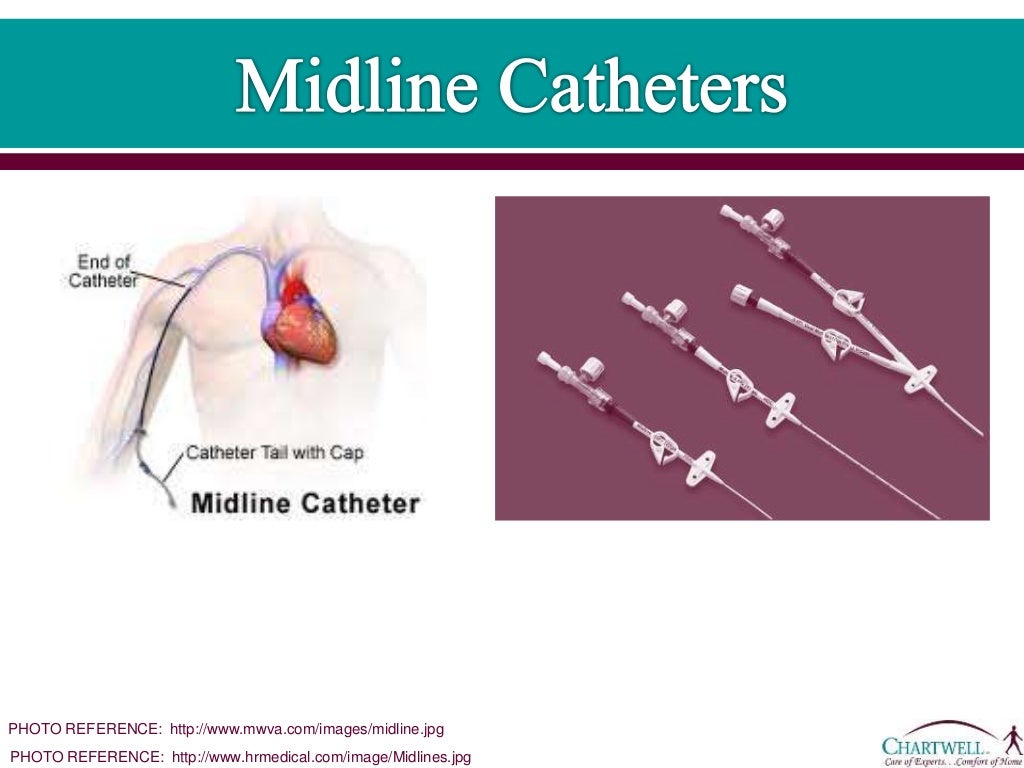Midline Blood Draw, • temporary access while awaiting final access.
Midline Blood Draw - Web midline catheter design changes to improve blood draw. A midline catheter is often used when you need to have medicines or fluids for more than 1 or 2 days. Review current practice and evidence regarding midline use. Recognize the appropriate clinical use of midline catheters. Web blood withdrawal from midline catheters (mcs) is done clinically, but no studies were found evaluating outcomes from this procedure, nor were clinical guidelines found. Web findings indicated that blood withdrawal from one specific type of mc had low rates of hemolysis, increased dwell time, and completion of therapy. Identify appropriate strategies and use of technology to optimize midline catheter outcomes. Web central line placement may be clinically indicated for repeated medication delivery, chemo/immunotherapy, total parenteral nutrition, plasmapheresis, hemodialysis, repeated blood sampling or hemodynamic monitoring. It is not a central venous catheter (cvc). The catheter is then moved through the vein until the tip sits at the level of your armpit and away from the shoulder. More studies are needed to determine best practices for blood sampling. Drawing blood samples from short peripheral catheters is associated with higher hemolysis rates. Web findings indicated that blood withdrawal from one specific type of mc had low rates of hemolysis, increased dwell time, and completion of therapy. A midline catheter is a small flexible tube that is shorter than. Recently, anecdotal feedback from practitioners experiencing hemolyzed samples when withdrawing blood samples from midline catheters. Review current practice and evidence regarding midline use. Recognize the appropriate clinical use of midline catheters. Identify appropriate strategies and use of technology to optimize midline catheter outcomes. • temporary access while awaiting final access. It is not a central venous catheter (cvc). Web a midline catheter is a small tube used to give treatments and to take blood samples. Drawing blood samples from short peripheral catheters is associated with higher hemolysis rates. Web midline catheter design changes to improve blood draw. Identify appropriate strategies and use of technology to optimize midline catheter outcomes. The catheter is inserted into a vein in your arm. Recognize the appropriate clinical use of midline catheters. A midline catheter is often used when you need to have medicines or fluids for more than 1 or 2 days. It is inserted in the same vein location as a picc, but it only extends to a point just below the. A midline catheter is a small flexible tube that is shorter than a picc. Web blood withdrawal from midline catheters (mcs) is done clinically, but no studies were found evaluating outcomes from this procedure, nor were clinical guidelines found. Recognize the appropriate clinical use of midline catheters. Review policy structure to ensure inclusion of critical elements. Web findings indicated that. The catheter is then moved through the vein until the tip sits at the level of your armpit and away from the shoulder. Web a midline catheter is a thin, soft tube that is placed into a vein, usually in the arm. Web what is a midline catheter? Web a midline catheter is a small tube used to give treatments. Web the study concluded that blood draws from midline catheters are clinically equivalent to venipuncture and are an acceptable form of specimen collection for laboratory studies. Review policy structure to ensure inclusion of critical elements. Bloodstream infection is a common and costly risk of central line placement. • temporary access while awaiting final access. A midline catheter is often used. Recognize the appropriate clinical use of midline catheters. Review policy structure to ensure inclusion of critical elements. Identify appropriate strategies and use of technology to optimize midline catheter outcomes. Web blood withdrawal from midline catheters (mcs) is done clinically, but no studies were found evaluating outcomes from this procedure, nor were clinical guidelines found. Web findings indicated that blood withdrawal. Review current practice and evidence regarding midline use. The end of a midline, inside your body, does not go past the top of your armpit. More studies are needed to determine best practices for blood sampling. Recognize the appropriate clinical use of midline catheters. The catheter is then moved through the vein until the tip sits at the level of. It is not a central venous catheter (cvc). Web a midline catheter is a small tube used to give treatments and to take blood samples. The end of a midline, inside your body, does not go past the top of your armpit. Web central line placement may be clinically indicated for repeated medication delivery, chemo/immunotherapy, total parenteral nutrition, plasmapheresis, hemodialysis,. • temporary access while awaiting final access. Web a midline must be placed in the following cases: Web what is a midline catheter? A midline catheter is often used when you need to have medicines or fluids for more than 1 or 2 days. Recently, anecdotal feedback from practitioners experiencing hemolyzed samples when withdrawing blood samples from midline catheters. The catheter is inserted into a vein in your arm. • poor peripheral venous tree; More studies are needed to determine best practices for blood sampling. Web the study concluded that blood draws from midline catheters are clinically equivalent to venipuncture and are an acceptable form of specimen collection for laboratory studies. Drawing blood samples from short peripheral catheters is associated with higher hemolysis rates. Review policy structure to ensure inclusion of critical elements. Identify appropriate strategies and use of technology to optimize midline catheter outcomes. The end of a midline, inside your body, does not go past the top of your armpit. Web a midline catheter is a thin, soft tube that is placed into a vein, usually in the arm. Recognize the appropriate clinical use of midline catheters. Web central line placement may be clinically indicated for repeated medication delivery, chemo/immunotherapy, total parenteral nutrition, plasmapheresis, hemodialysis, repeated blood sampling or hemodynamic monitoring.
1. peripheral and midline iv lines

5+ Blood Draw From Midline SephreniaCalon

Midline catheter placement and maintenance protocol VascuFirst

1. peripheral and midline iv lines

Midline Blood Draw Procedure YouTube

How to draw blood from a patient’s vein as painlessly as possible

Midline vs PICC Line Difference and Comparison

PPT Venous Access PowerPoint Presentation, free download ID349907

Midline vs PICC Line Difference and Comparison

Vascular Access Patient Education Vascular Wellness
Web Blood Withdrawal From Midline Catheters (Mcs) Is Done Clinically, But No Studies Were Found Evaluating Outcomes From This Procedure, Nor Were Clinical Guidelines Found.
Bloodstream Infection Is A Common And Costly Risk Of Central Line Placement.
It Is Inserted In The Same Vein Location As A Picc, But It Only Extends To A Point Just Below The Level Of Your Armpit.
Web Midline Catheter Design Changes To Improve Blood Draw.
Related Post: